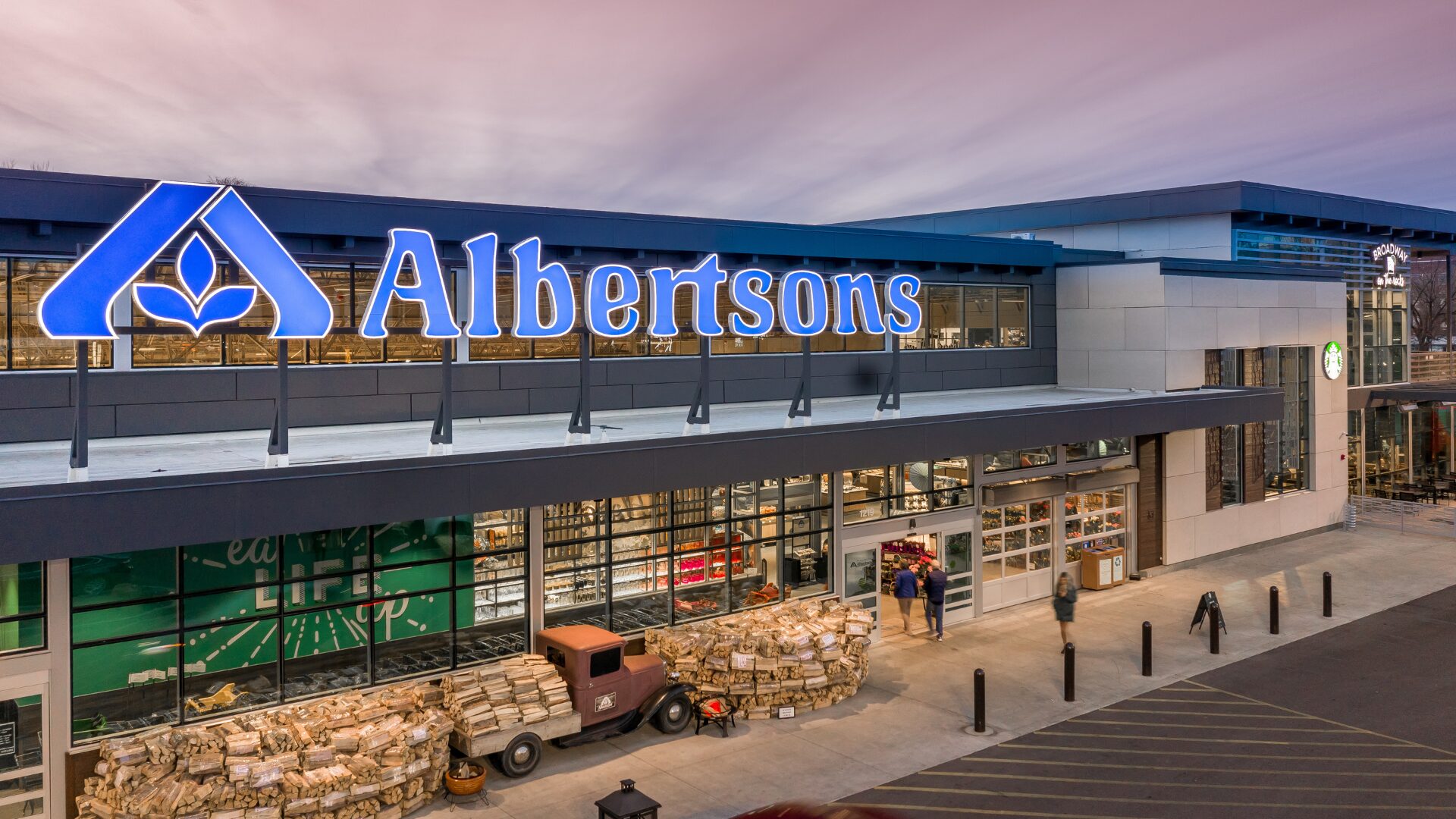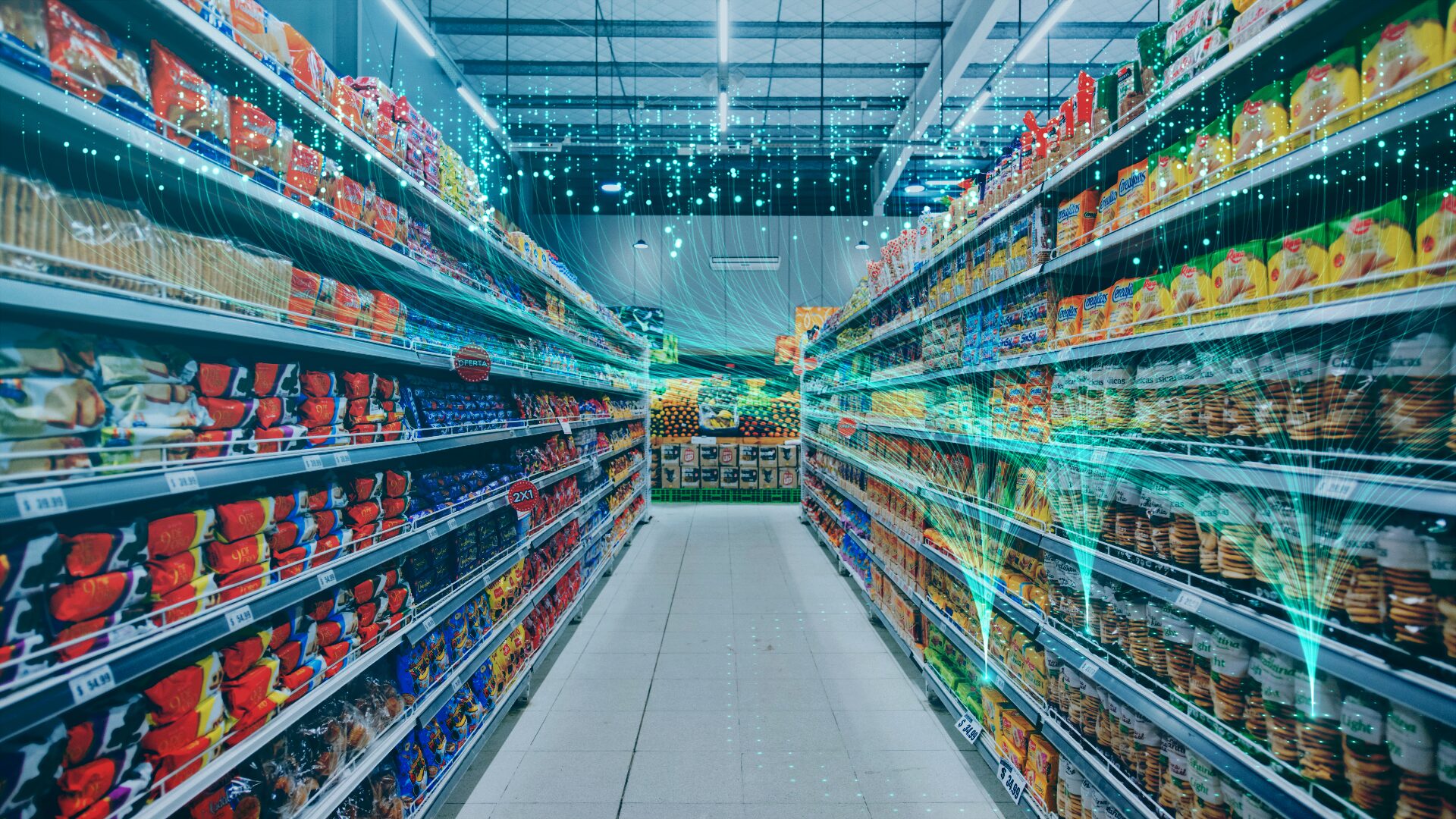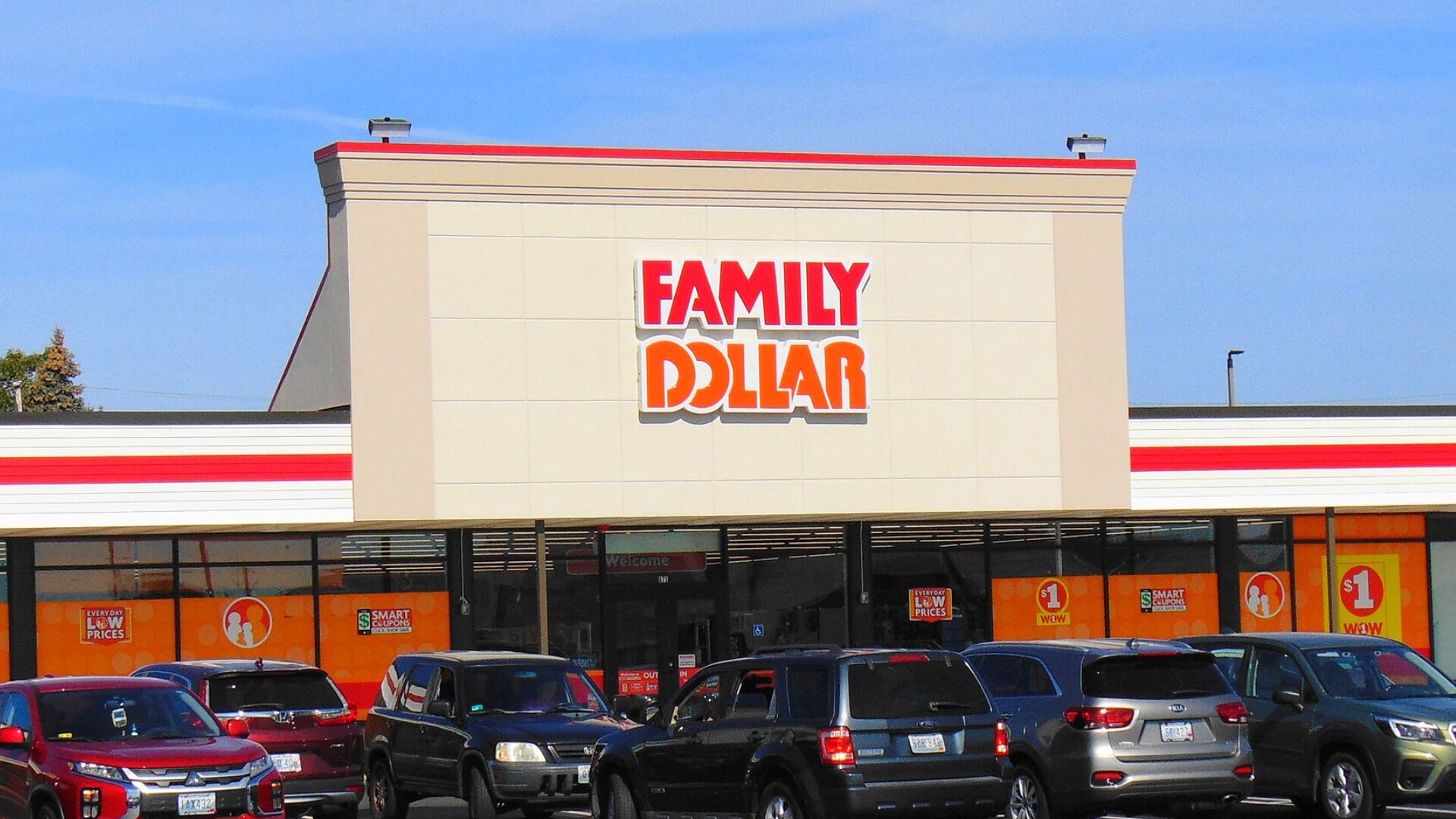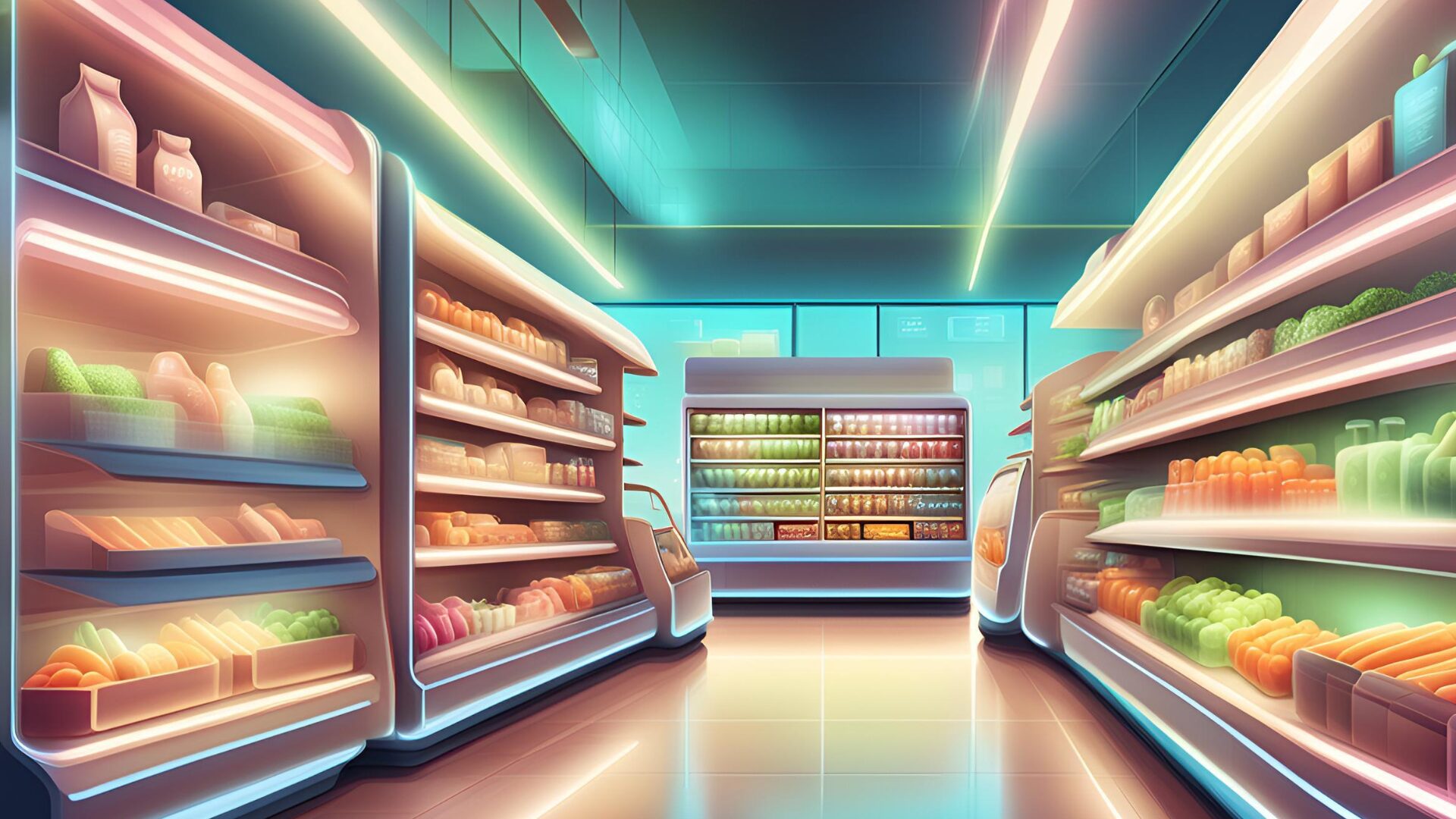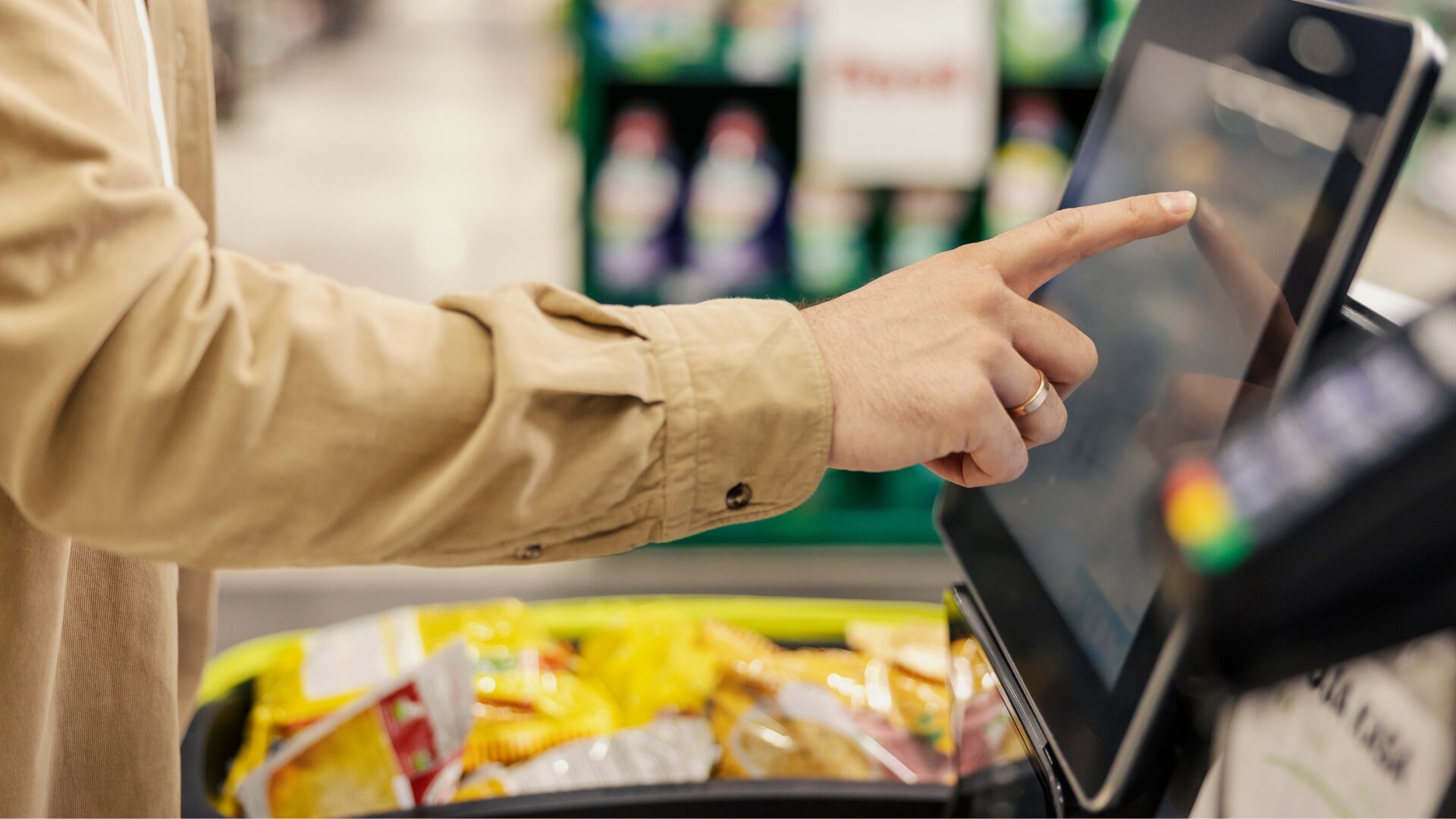As minimum wage rises and innovation in technology continues to evolve, more retailers are cutting back on hours and turning to digital efforts.
For example, Hy-Vee will no longer be a 24/7 operation, reported USA Today (Feb. 4). Starting Feb. 10, Hy-Vee stores will begin closing daily from midnight until 5 a.m. The decision to change store hours was the result of wanting to offer better customer service during the day, when most customers shop, according to Hy-Vee spokesperson Christina Gayman.
“Customer shopping decreases overnight at any 24/7 business,” said Gayman, noting Hy-Vee is “constantly evaluating store operations.”
In 2019, Walmart eliminated 24-hour operations at 100 stores, reported WJAC. Like Hy-Vee, Walmart said the change was to ensure associates are working when and where customers need them most. According to Walmart statistics, most people are shopping at the store between 9 a.m. and 9 p.m.
“By shifting these hours, we’re able to make sure more associates are on the floor during peak customer times, resulting in better customer service,” said Walmart spokesman Justin Rushing.
Target also cut some workers’ hours in 2019 after vowing to raise minimum wage to $15 by 2020, reported National Review. It may partially be due to the introduction of new store management methods.
“We needed to change the way we operate in the store to create a better, more inviting experience for our guests,” said Target COO John Mulligan. The changes include elimination of some backroom shifts and the introduction of self-checkout machines, along with specialization of some jobs to cover a specific department instead of an entire store.
These developments are occurring amidst the recent retail bankruptcy filings of Fairway Market, Lucky’s Market, and Earth Fare.
Meanwhile, 7-Eleven is following in Amazon’s footsteps and testing a cashierless store at its corporate headquarters in Irving, TX. During the pilot, the 700-sq. ft. non-traditional store will be available to 7-Eleven employees.
“Retail technology is evolving at a rapid pace and customer expectations are driving the evolution,” said 7-Eleven president and CEO Joe DePinto.
A mixture of algorithms and predictive technology enables the store system to separate individual customers and their purchases from others in the store. To shop at the store, customers download an app, sign up, check in at the store, enter the store, shop, and exit. A detailed receipt appears in the app automatically after the customer exits.
This project follows the launch of 7-Eleven’s Mobile Checkout feature, which allows customers to skip the line and pay using their smartphone to stores at pilot locations.


